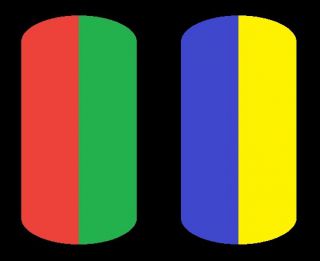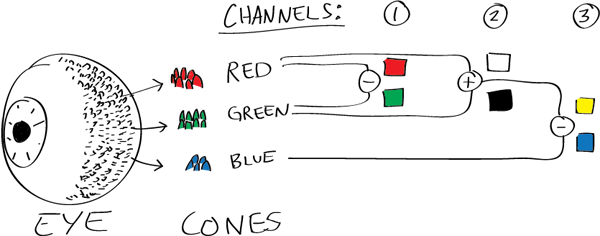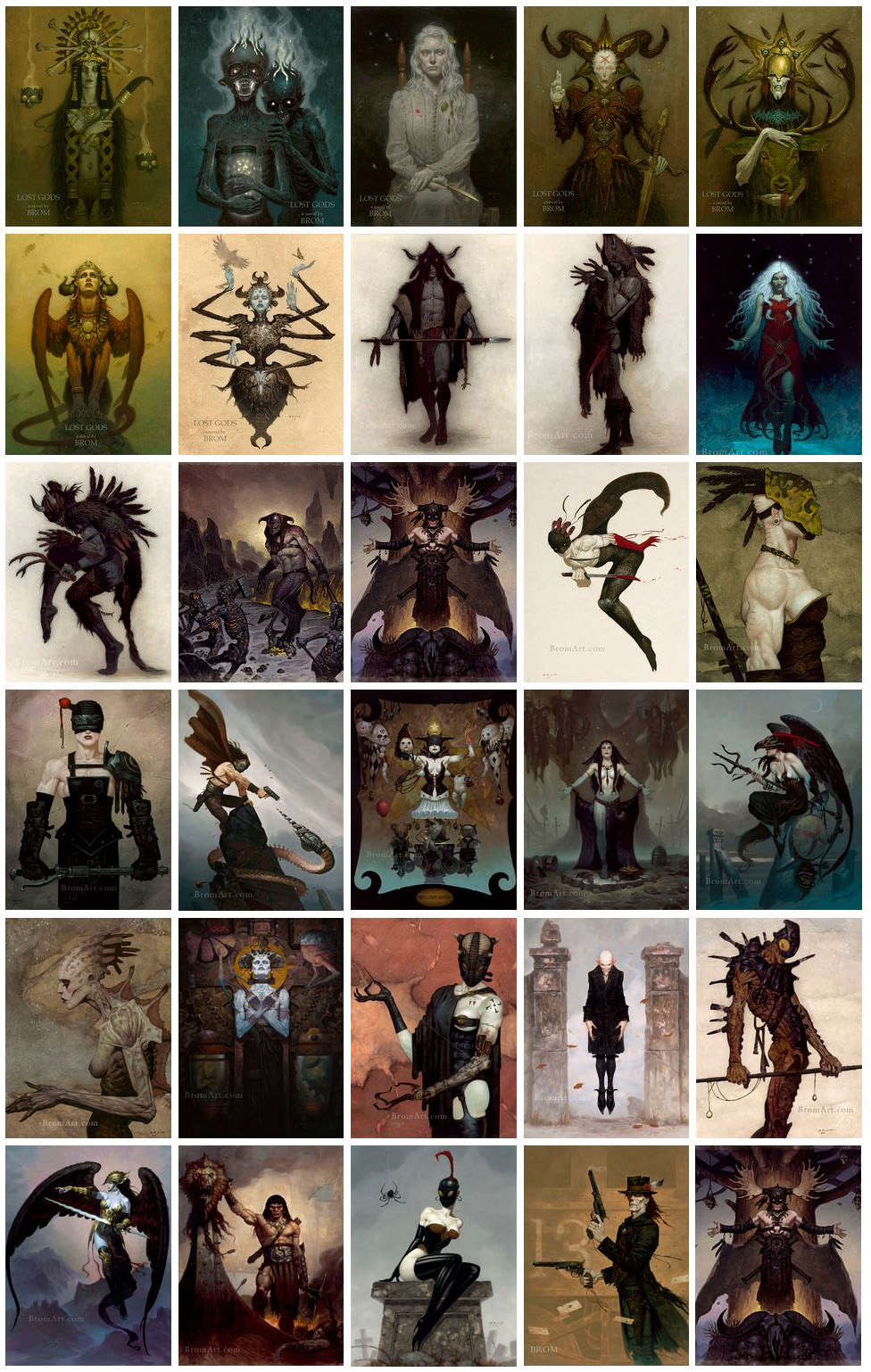




3Dprinting (172) A.I. (664) animation (335) blender (194) colour (225) commercials (46) composition (150) cool (358) design (627) Featured (65) hardware (302) IOS (109) jokes (134) lighting (278) modeling (116) music (183) photogrammetry (171) photography (744) production (1233) python (84) quotes (485) reference (305) software (1319) trailers (295) ves (522) VR (219)
Year: 2020
-
The modern phenomenon of the two days weekend break
www.bbc.com/worklife/article/20200117-the-modern-phenomenon-of-the-weekend
“The idea of reducing the working week from an average of five days to four is gaining traction around the world.
“There are a number of parallels between debates today and those that took place in the 19th century when the weekend as we now know it was first introduced. Having Saturdays as well as Sundays off work is actually a relatively modern phenomenon.
“the weekend did not simply arise from government legislation – it was shaped by a combination of campaigns
“Religious bodies argued that a break on Saturday would improve working class “mental and moral culture”…. and greater attendance at church on Sundays.
“In 1842 a campaign group called the Early Closing Association was formed. It lobbied government to keep Saturday afternoon free for worker leisure in return for a full day’s work on (Saint) Monday.
“a burgeoning leisure industry saw the new half-day Saturday as a business opportunity… Perhaps the most influential leisure activity to help forge the modern week was the decision to stage football matches on Saturday afternoon.
“The adoption of the modern weekend was neither swift nor uniform as, ultimately, the decision for a factory to adopt the half-day Saturday rested with the manufacturer. Campaigns for an established weekend had begun in the 1840s but it did not gain widespread adoption for another 50 years…. it was embraced by employers who found that the full Saturday and Sunday break reduced absenteeism and improved efficiency.
-
The Mill opens new offices in Berlin
www.themill.com/stories/the-mill-opens-new-studio-in-berlin/
Greg Spencer will lead a multi-disciplinary team of artists in his role of Creative Director.
Justin Stiebel will be continuing his role as Executive Producer at The Mill Berlin and will be managing client relationships as well as all new business enquiries.
-
Use a USB keychain as a scratch disk on Photoshop
Use this at your own risk. ;)
The key is to change the USB from a “USB drive” to “local disk” type.Steps:
woshub.com/removable-usb-flash-drive-as-local-disk-in-windows-7/To force the driver update:
appuals.com/how-to-fix-the-third-party-inf-doesnt-contain-digital-signature-information/Zip file attached to this post.
-
Methods for creating motion blur in Stop motion
en.wikipedia.org/wiki/Go_motion
Petroleum jelly
This crude but reasonably effective technique involves smearing petroleum jelly (“Vaseline”) on a plate of glass in front of the camera lens, also known as vaselensing, then cleaning and reapplying it after each shot — a time-consuming process, but one which creates a blur around the model. This technique was used for the endoskeleton in The Terminator. This process was also employed by Jim Danforth to blur the pterodactyl’s wings in Hammer Films’ When Dinosaurs Ruled the Earth, and by Randal William Cook on the terror dogs sequence in Ghostbusters.[citation needed]Bumping the puppet
Gently bumping or flicking the puppet before taking the frame will produce a slight blur; however, care must be taken when doing this that the puppet does not move too much or that one does not bump or move props or set pieces.Moving the table
Moving the table on which the model is standing while the film is being exposed creates a slight, realistic blur. This technique was developed by Ladislas Starevich: when the characters ran, he moved the set in the opposite direction. This is seen in The Little Parade when the ballerina is chased by the devil. Starevich also used this technique on his films The Eyes of the Dragon, The Magical Clock and The Mascot. Aardman Animations used this for the train chase in The Wrong Trousers and again during the lorry chase in A Close Shave. In both cases the cameras were moved physically during a 1-2 second exposure. The technique was revived for the full-length Wallace & Gromit: The Curse of the Were-Rabbit.Go motion
The most sophisticated technique was originally developed for the film The Empire Strikes Back and used for some shots of the tauntauns and was later used on films like Dragonslayer and is quite different from traditional stop motion. The model is essentially a rod puppet. The rods are attached to motors which are linked to a computer that can record the movements as the model is traditionally animated. When enough movements have been made, the model is reset to its original position, the camera rolls and the model is moved across the table. Because the model is moving during shots, motion blur is created.A variation of go motion was used in E.T. the Extra-Terrestrial to partially animate the children on their bicycles.
-
The Forbidden colors – Red-Green & Blue-Yellow: The Stunning Colors You Can’t See
www.livescience.com/17948-red-green-blue-yellow-stunning-colors.html

While the human eye has red, green, and blue-sensing cones, those cones are cross-wired in the retina to produce a luminance channel plus a red-green and a blue-yellow channel, and it’s data in that color space (known technically as “LAB”) that goes to the brain. That’s why we can’t perceive a reddish-green or a yellowish-blue, whereas such colors can be represented in the RGB color space used by digital cameras.
https://en.rockcontent.com/blog/the-use-of-yellow-in-data-design
The back of the retina is covered in light-sensitive neurons known as cone cells and rod cells. There are three types of cone cells, each sensitive to different ranges of light. These ranges overlap, but for convenience the cones are referred to as blue (short-wavelength), green (medium-wavelength), and red (long-wavelength). The rod cells are primarily used in low-light situations, so we’ll ignore those for now.
When light enters the eye and hits the cone cells, the cones get excited and send signals to the brain through the visual cortex. Different wavelengths of light excite different combinations of cones to varying levels, which generates our perception of color. You can see that the red cones are most sensitive to light, and the blue cones are least sensitive. The sensitivity of green and red cones overlaps for most of the visible spectrum.

Here’s how your brain takes the signals of light intensity from the cones and turns it into color information. To see red or green, your brain finds the difference between the levels of excitement in your red and green cones. This is the red-green channel.
To get “brightness,” your brain combines the excitement of your red and green cones. This creates the luminance, or black-white, channel. To see yellow or blue, your brain then finds the difference between this luminance signal and the excitement of your blue cones. This is the yellow-blue channel.
From the calculations made in the brain along those three channels, we get four basic colors: blue, green, yellow, and red. Seeing blue is what you experience when low-wavelength light excites the blue cones more than the green and red.
Seeing green happens when light excites the green cones more than the red cones. Seeing red happens when only the red cones are excited by high-wavelength light.
Here’s where it gets interesting. Seeing yellow is what happens when BOTH the green AND red cones are highly excited near their peak sensitivity. This is the biggest collective excitement that your cones ever have, aside from seeing pure white.
Notice that yellow occurs at peak intensity in the graph to the right. Further, the lens and cornea of the eye happen to block shorter wavelengths, reducing sensitivity to blue and violet light.
COLLECTIONS
| Featured AI
| Design And Composition
| Explore posts
POPULAR SEARCHES
unreal | pipeline | virtual production | free | learn | photoshop | 360 | macro | google | nvidia | resolution | open source | hdri | real-time | photography basics | nuke
FEATURED POSTS
-
Yann Lecun: Meta AI, Open Source, Limits of LLMs, AGI & the Future of AI | Lex Fridman Podcast #416
-
Godot Cheat Sheets
-
Photography basics: Exposure Value vs Photographic Exposure vs Il/Luminance vs Pixel luminance measurements
-
Advanced Computer Vision with Python OpenCV and Mediapipe
-
Photography basics: Lumens vs Candelas (candle) vs Lux vs FootCandle vs Watts vs Irradiance vs Illuminance
-
Jesse Zumstein – Jobs in games
-
JavaScript how-to free resources
-
STOP FCC – SAVE THE FREE NET
Social Links
DISCLAIMER – Links and images on this website may be protected by the respective owners’ copyright. All data submitted by users through this site shall be treated as freely available to share.

